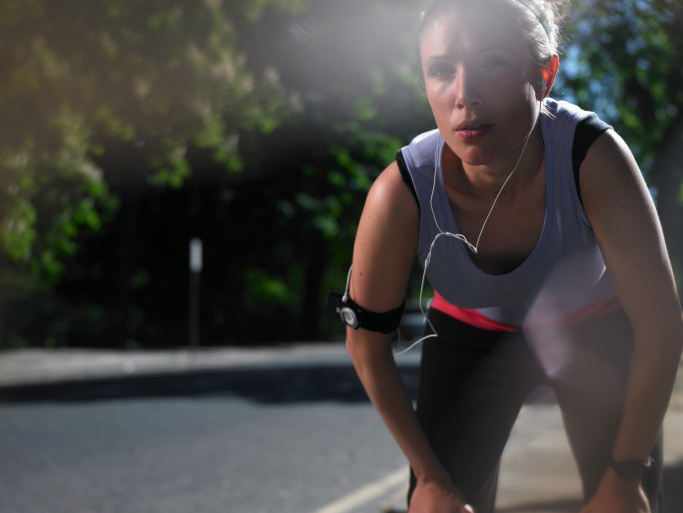How air quality affects your run


As temperatures climb and humidity rises, concerns about smog and air quality, particularly in urban locations, also rises. For city-dwelling runners, this can make downtown runs downright unpleasant and has many concerned about long term effects.
Broadly speaking, smog comes in two varieties. Oxidizing smog, which is produced through engine exhaust, contains carbon monoxide, hydrocarbons, ozone and oxides of nitrogen. Reductive smog, which is produced by coal power plants and other industrial operations, contains sulfur oxides.
 Most of us are aware carbon monoxide is poisonous at even moderate levels; it prevents blood from moving oxygen around the body by binding with hemoglobin, taking up the space for oxygen. The higher the carbon monoxide levels of the air, the greater the decrease in performance ability athletes encounter. This was a particular concern in cities such as Los Angeles, Beijing and London before hosting the Olympics. Each of these cities is known for suffering smog during the summer. In L.A. and Beijing, researchers found that up to five per cent of red blood cells were overwhelmed by pollutants.
Most of us are aware carbon monoxide is poisonous at even moderate levels; it prevents blood from moving oxygen around the body by binding with hemoglobin, taking up the space for oxygen. The higher the carbon monoxide levels of the air, the greater the decrease in performance ability athletes encounter. This was a particular concern in cities such as Los Angeles, Beijing and London before hosting the Olympics. Each of these cities is known for suffering smog during the summer. In L.A. and Beijing, researchers found that up to five per cent of red blood cells were overwhelmed by pollutants.
Prior to the Beijing Olympics, China used a scientific technique called “cloud seeding” to increase precipitation and reduce smog in the lead up to the Games, to ensure that conditions were not significantly detrimental to athlete performance.
Reductive smog can be an irritant to lungs and may leave you coughing for the rest of the day. It is particularly troublesome for athletes who already suffer from asthma.
So what can you do?
Be aware. Monitor the air pollution level in your city, which should be readily available through weather and governmental sites. If levels are considered dangerous, opt for an indoor workout. Check out the Environment Canada site to find out about the conditions in your area.
Get out of the city when you can. If you have the ability, run on paths or trails that don’t bring you in contact with vehicles and roads. Even just getting 100m away from exhaust is better than nothing.
Do your part. This is where we have to give run commuters props for doing their part to mitigate air pollution and keep the environment fresh so we can all keep running. We’ve been doing our best to spotlight run commuters with a series focusing on their stories.
If you run to work, email sinead@runningmag2.wpengine.com to tell your story.


